Explore the Best AI Image Gallery

Bridging the Gap: How IoT in Smart Homes is Transforming the Creative Industry
The rise of the Internet of Things (IoT) has permeated nearly every aspect of modern life, transforming homes into intelligent hubs brimming with interconnected devices. While its impact on convenience and efficiency is undeniable, the creative industry is experiencing a paradigm shift as IoT in smart homes unlocks unprecedented possibilities for artistic expression, design innovation, and immersive experiences.
This blog post delves into this fascinating intersection, examining how IoT-enabled smart homes are revolutionizing the creative landscape. Well explore innovative applications, address ethical considerations, and shed light on future trends shaping this dynamic domain.
Creative Applications of Smart Homes
- Interactive Art Installations: Imagine stepping into a room where paintings respond to your movements or sculptures morph based on your emotions. IoT sensors integrated into smart homes can capture real-time data such as body heat, sound, and light, translating it into dynamic art installations that evolve with the viewers presence.
- Personalized Soundscapes: Smart home systems can create personalized soundscapes tailored to individual moods or activities. Imagine a home that gently plays calming music while you unwind in the evening or energizing tunes as you prepare for work. By leveraging IoT sensors and AI-powered algorithms, smart homes can curate audio experiences that enhance well-being and creativity.
- Collaborative Design Environments: Architects, designers, and artists can leverage smart home technology to collaborate seamlessly on projects from anywhere in the world. Imagine architects using virtual reality headsets powered by smart home data to visualize 3D models of their designs or designers sharing real-time feedback on prototypes through augmented reality interfaces.
- Adaptive Lighting for Creative Work: Smart lighting systems can adjust color temperature and intensity based on the time of day, task at hand, or individual preferences. By optimizing lighting conditions within smart homes, artists and creatives can enhance focus, productivity, and inspiration.
Ethical Considerations in IoT-Powered Creativity
As with any emerging technology, the integration of IoT into creative practices raises important ethical considerations:
- Data Privacy and Security: Smart homes collect vast amounts of personal data. Its crucial to ensure that this data is handled responsibly, securely stored, and used ethically. Transparent consent mechanisms and robust cybersecurity measures are essential.
- Algorithmic Bias: AI algorithms used in IoT-powered creative tools can perpetuate existing biases if they are trained on biased datasets. Addressing algorithmic bias is paramount to promoting fairness and inclusivity in the creative process.
- Access and Equity: The benefits of IoT-enabled creativity should be accessible to all, regardless of socioeconomic status or technical expertise. Bridging the digital divide and ensuring equitable access to these technologies is crucial.
Future Trends Shaping the Intersection of IoT and Creativity
The convergence of IoT, smart homes, and creative industries is poised for continued growth and innovation:
- Immersive Experiences: Expect to see more interactive art installations, virtual reality performances, and augmented reality experiences that blur the lines between the physical and digital worlds. Smart home technology will play a key role in creating these immersive environments.
- Personalized Creativity Tools: AI-powered tools will become increasingly sophisticated, offering personalized guidance and assistance to artists, designers, and musicians. Smart homes will act as platforms for experimentation and creative exploration.
- The Democratization of Creation: IoT technology will empower individuals to become creators, regardless of their technical expertise. User-friendly interfaces and accessible tools will make it easier for anyone to participate in the creative process.
In conclusion, the intersection of IoT in smart homes and the creative industry is a dynamic and rapidly evolving landscape. As technology continues to advance, we can expect even more innovative applications, ethical challenges, and exciting opportunities that will shape the future of creativity.

](https://images.ai-img.art/thumbnails/150/3e8c063b4357fc743a3c6e49a3145ee31b2dcecc018c38d2db8f97bf3e3fda3f.webp)
](https://images.ai-img.art/thumbnails/150/1d7b3a908141474d50d90721c394db29c0cb5404d685ae70ea60430c18e905b7.webp)
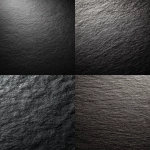
](https://images.ai-img.art/thumbnails/150/3c5dc62bba83cc9919c20ebfec8430d31e821cef586a2753dd85ef26d77d480a.webp)


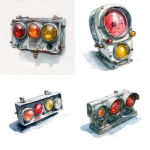

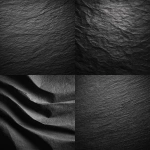



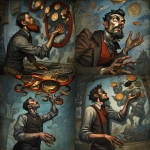

](https://images.ai-img.art/thumbnails/150/1accb5453f2335686b162f0a879c7ce73a18516a33868f214a16bdaf95beeb5a.webp)





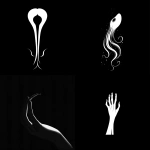
](https://images.ai-img.art/thumbnails/150/8c320ce9aefbbb5b9ec5fd4e1d0fba7388f0fff5b6c2e2f14077cad3008f291d.webp)
